1. The Quiet Teacher of Medicine
In the silence that follows a difficult case, long after the monitors stop beeping and the relatives have gone home, there remains a peculiar stillness—not of failure, but of reflection. Every physician knows this space. It is where certainty dissolves and questions begin. Medicine is often imagined as a science of answers. Yet those who practice it intimately know it is, more truthfully, a discipline of questions.
Every diagnosis, every decision, every confident “This is pneumonia” carries within it the shadow of doubt: What if it’s not? Uncertainty is the first and last companion of the physician. It greets us in every clinic, rounds with us in every ward, and sits quietly beside us when outcomes surprise us. We do not outgrow it—we grow through it.
2. Uncertainty as the First Lesson in Humility
Medical training begins with facts—anatomy lists, pharmacology charts, and textbook definitions. But the first patient who does not fit the textbook dismantles the illusion of certainty. In that moment, a young doctor learns something more profound than biochemistry: humility. Humility is not weakness; it is the acknowledgment that knowledge, however vast, will always remain incomplete. Kurt Gödel once showed that no logical system can be both complete and consistent. Medicine lives the same paradox.
No classification, no guideline, and no AI model can capture every patient who walks through the door. Some will always fall between categories. Some symptoms will resist explanation. Some recoveries will defy logic. To accept this is to mature as a physician. The wise clinician does not chase omniscience; he learns to navigate incompleteness with grace.
3. The Discipline of Skeptical Curiosity
Uncertainty does not paralyze; it sharpens. To live with it productively, physicians cultivate what might be called skeptical curiosity—a discipline of asking, “What else could this be?” even when the first answer feels right. Every clinician knows the danger of premature closure: the moment we stop thinking once a diagnosis seems to fit. Skepticism, in this sense, is an ethical posture—a protection against the arrogance of certainty.
It means keeping the differential diagnosis open for one more moment; it means questioning your own bias when the data are too neatly aligned; it means being willing to revise, to start over, to say, “I may have been wrong.” In philosophy, this is the Socratic stance—wisdom that begins by acknowledging ignorance. In medicine, it is what keeps a doctor human.
4. When Measurement Alters Reality
Werner Heisenberg taught that the act of measurement alters what is being measured. Medicine encounters the same paradox every day. Tell a patient her blood pressure is high, and watch the next reading rise even higher. Order a surveillance CT in a cancer survivor, and see how the scan, even before the result arrives, changes the way she lives the next month—from “I’m well” to “I’m under watch.” Diagnosis is never neutral.
Every test transforms the patient’s perception of health, and every result reshapes the doctor’s interpretation of the body. This is the Heisenberg. Uncertainty of medicine: the observer is part of what is observed. Learning this changes the physician’s tone. We speak more gently when we realize our words can become part of the disease process itself.
5. The Probabilistic Mind
Modern diagnosis lives in the language of probabilities. There are no certainties—only likelihoods. A test with 95% specificity still produces false positives; another with 99% sensitivity still misses cases. Physicians therefore learn to think in Bayesian terms: every new piece of evidence updates the prior belief.
The question shifts from “What does this patient have?” to “Given this evidence, how likely is each possibility?” This probabilistic thinking is not cold mathematics; it is moral reasoning in disguise. Every threshold—when to test, when to treat, when to wait—represents a trade-off between benefit and harm, hope and fear. Living in probabilities trains doctors to balance science with judgment. It teaches them that to act responsibly is more important than to know absolutely.
6. The Bias Within the Healer
Even logic bends under the weight of the human mind. Doctors, like all thinkers, are prone to cognitive biases—anchoring on first impressions, seeing patterns where none exist, and mistaking the memorable for the probable. But uncertainty, once recognized, becomes a mirror.
It exposes bias and invites humility. It whispers, “You are not a machine. You are a meaning-maker.” Through years of practice, physicians learn to use doubt as calibration—a subtle internal compass that keeps reasoning honest. They learn to pause after every confident thought and ask, “What am I missing?” Such self-questioning is not insecurity. It is intellectual ethics.
7. Clinical Uncertainty: The Lived Experience
A 55-year-old man arrives with crushing chest pain. The ECG is nonspecific, and troponin is borderline. Is this myocardial infarction, pericarditis, or reflux? Action cannot wait for absolute proof. Treating early may save a life; treating wrongly may expose to harm. The decision is made not in certainty but in responsibility.
Or take the young woman with a chronic cough: normal X-ray, normal sputum, normal allergy tests—until months later, a CT shows patchy infiltrates. Tuberculosis? Sarcoidosis? Hypersensitivity pneumonitis? Each path demands a different treatment, yet certainty remains out of reach. These are not academic puzzles. They are human realities—moments when medicine becomes philosophy in practice: acting wisely in the presence of doubt. Uncertainty, then, is not an obstacle to care. It is the terrain on which all care is delivered.
8. The Ethical Face of Not-Knowing
There is a moral dimension to uncertainty. Patients look to doctors not only for answers but also for honesty. When a physician says, “I’m not entirely sure, but here’s what I think and why,” it builds a bridge of trust stronger than any false confidence. In that honesty lies dignity. It transforms uncertainty from a private torment into a shared understanding. The patient learns that medicine is not magic, and the doctor learns that vulnerability, when shared with integrity, strengthens the therapeutic bond. In an era of algorithmic certitude and machine precision, this honesty is the physician’s last remaining art.
9. The Courage to Act Amid Doubt
Every treatment is an act of courage. To prescribe, to operate, to decide—all mean choosing one path among many possibilities, fully aware that another might later prove better. Uncertainty teaches doctors moral courage—the willingness to act without the comfort of perfect knowledge. It is the same courage a pilot needs in a storm or a philosopher needs when arguing for truth in an indifferent world. Doctors learn that wisdom is not about never erring; it is about acting justly despite the possibility of error.
10. When Data Grows, Doubt Deepens
Ironically, the digital age—with its infinite data, real-time monitoring, and algorithmic predictions—has not reduced uncertainty; it has multiplied it. Where once a doctor doubted because of ignorance, today she doubts because of too much information. Conflicting guidelines, marginal test results, and machine-learning scores—all demand interpretation.
Thus the essence of medicine has not changed since Hippocrates: the doctor must still decide what matters, what to ignore, and what meaning to give the numbers. Uncertainty, far from vanishing, has simply become more quantitative. It still requires the same ancient virtues: judgment, experience, and humility.
11. From Knowledge to Wisdom
There is a difference between knowing and understanding. Knowledge can be memorized; wisdom must be lived. Uncertainty pushes the physician across that threshold. It transforms the clever into the wise, the technician into the healer. To live with uncertainty is to learn patience—to accept that the truth of an illness may unfold slowly, like a developing photograph.
It is to recognize that medicine’s power lies not only in curing but in accompanying—in walking beside the patient through the gray areas, even when answers are incomplete. Through this companionship, uncertainty becomes not something to hide but something to share.
12. What the Healer Ultimately Learns
From years of navigating ambiguity, doctors learn seven quiet truths:
1) Medicine is provisional: Every truth today may be revised tomorrow.
2) Doubt is discipline: It keeps the intellect honest.
3) Judgment is moral: Data guides, but conscience decides.
4) Patients teach the most: Their unpredictability keeps knowledge alive.
5) Humility protects: Certainty blinds; curiosity sees.
6) Courage heals: Decisions made in uncertainty still save lives.
7) Wisdom listens: Sometimes silence reveals more than investigation.
These are not found in textbooks but written in the margins of every doctor’s life—in missed diagnoses, unexpected recoveries, and the nights spent wondering if we did the right thing.
13. The Grace of the Incomplete
If one listens carefully, uncertainty has a voice. It whispers: Be curious. Be cautious. Be kind. It reminds us that the opposite of uncertainty is not certainty—it is arrogance. And the antidote to uncertainty is not more data—it is deeper understanding.
To heal is not to know everything. To heal is to stand in the space between what is known and what is not and to offer presence, compassion, and judgment in that fragile in-between. This is what doctors truly learn from uncertainty: that medicine is not about conquering the unknown but about living wisely within it.
Epilogue: The Light That Never Ends
One evening, after years of practice, a physician realizes that uncertainty no longer feels like an enemy. It feels like a rhythm—the quiet heartbeat beneath every clinical encounter. In that realization lies peace. The peace of knowing that to be human is to be uncertain, and to be a healer is to turn that uncertainty into care.
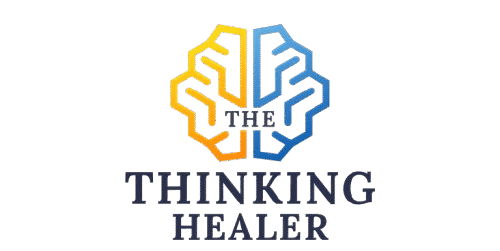

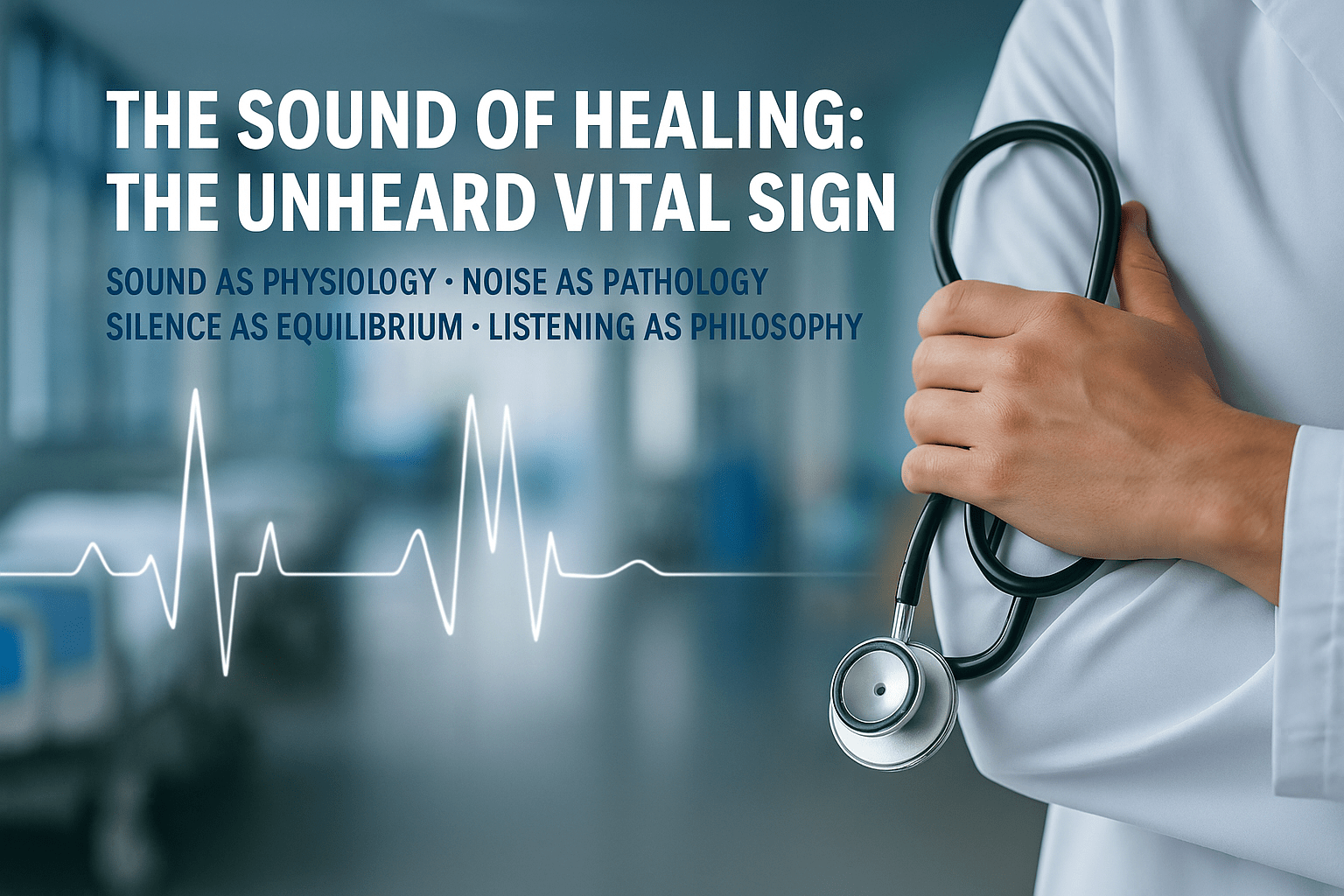
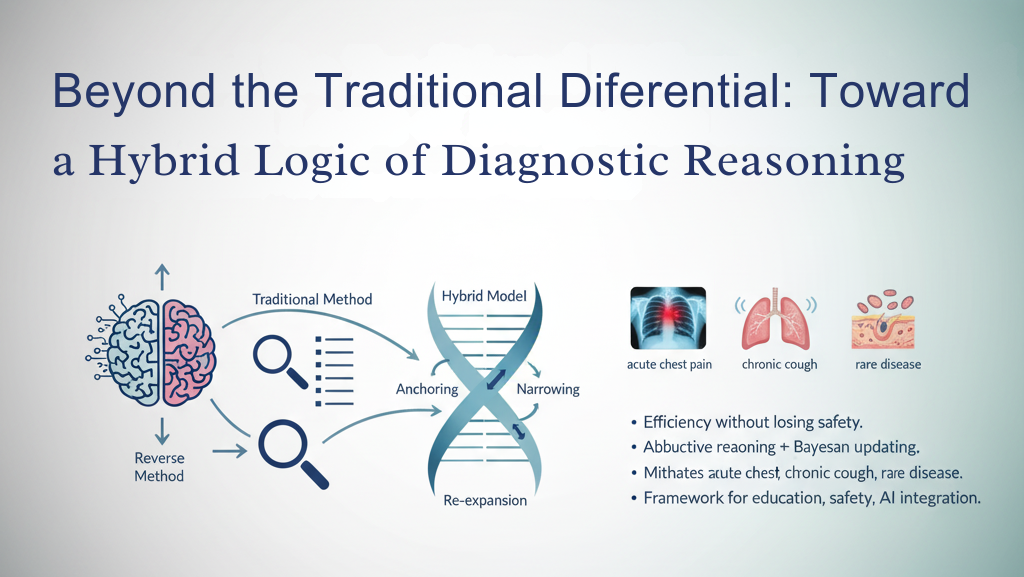
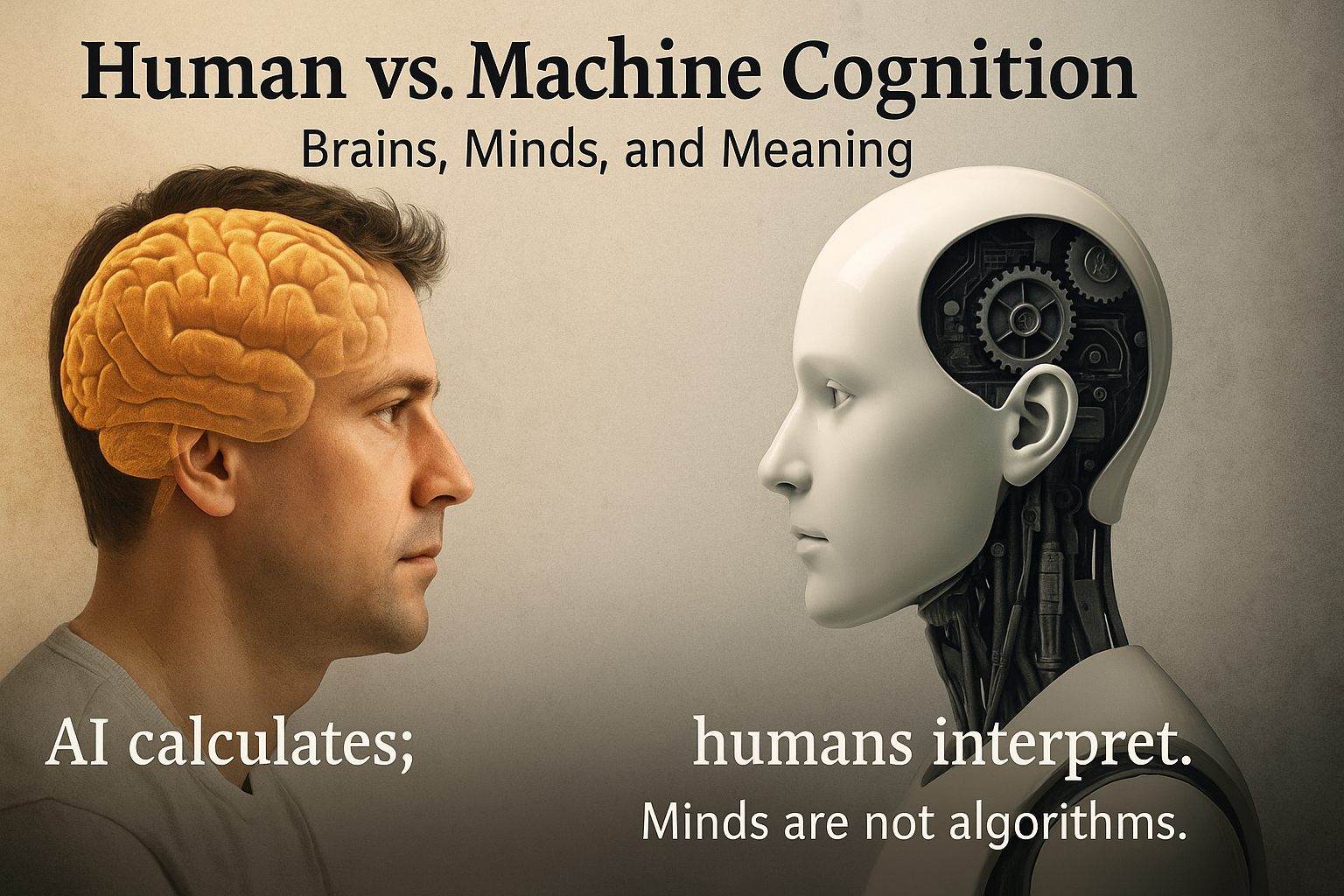
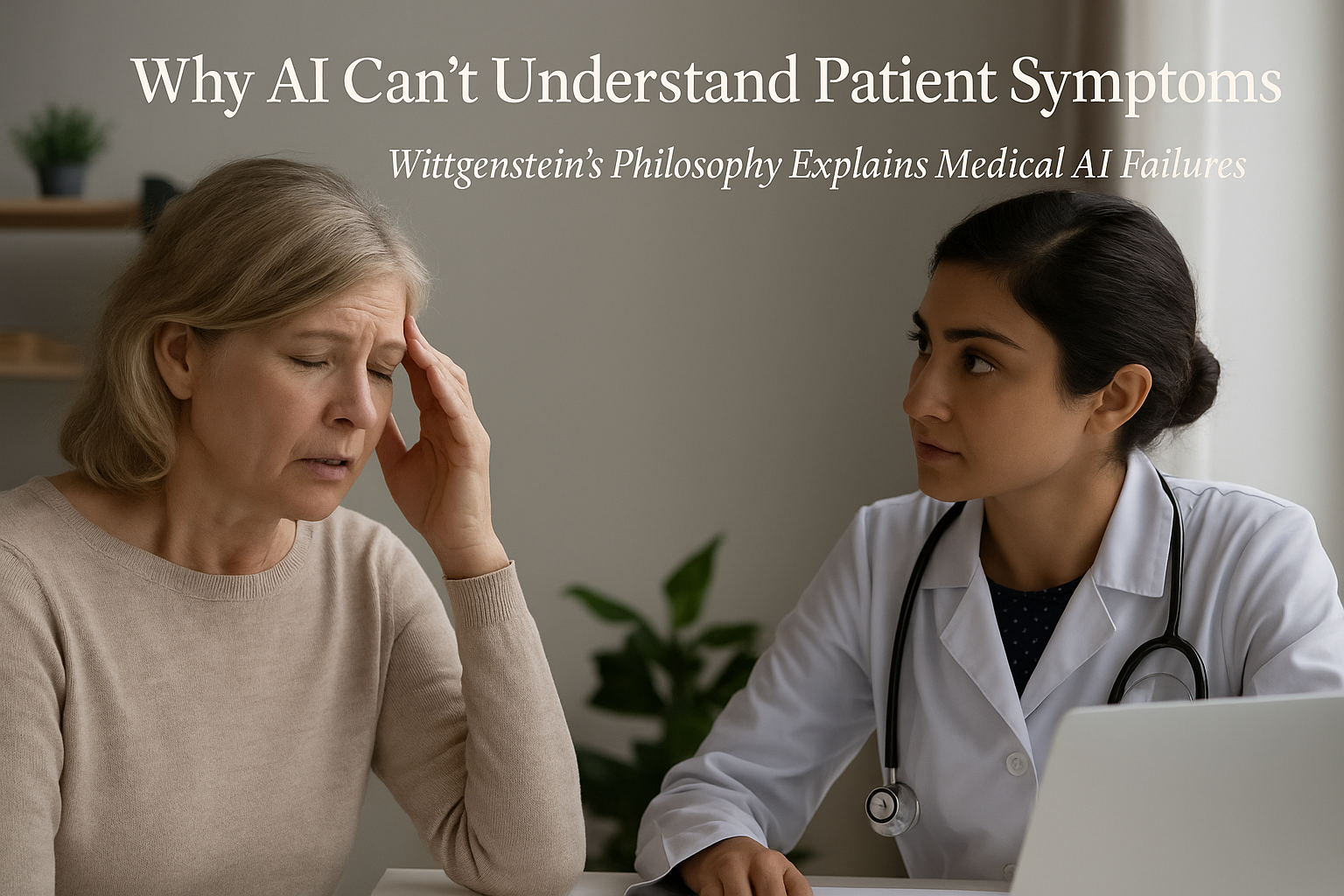
Leave a Reply